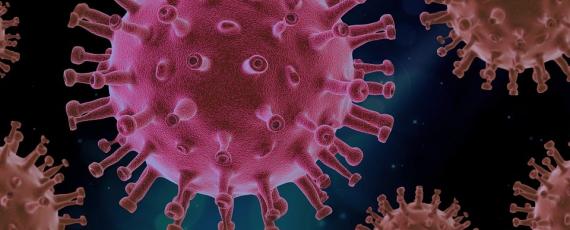

The COVID-19 pandemic has been a major shock to the Philippine economy, causing it to shrink by 8.1 percent in 20201, the worst contraction since 1946. The health crisis, coupled with strict lockdown measures, disrupted economic activities across various sectors, especially tourism, transport, manufacturing and services. The pandemic also reversed some of the gains made in poverty reduction in recent years, as millions of Filipinos lost their jobs and incomes.
The government responded to the crisis by implementing two stimulus packages: Bayanihan 1 and Bayanihan 22, which aimed to provide emergency relief to affected households and businesses, support health care systems and frontliners, and boost public spending on infrastructure and social services. The central bank also eased monetary policy by lowering its benchmark interest rate to 2 percent2 and providing liquidity support to banks and financial institutions.
As the vaccination program progresses and quarantine restrictions ease, the Philippine economy is expected to recover gradually in 2021 and beyond. The World Bank projects that the economy will grow by 4.7 percent this year before accelerating to 5.9 percent in 2022 and 6.0 percent in 20233. However, this recovery is subject to significant uncertainties and risks, such as new variants of the virus, slow vaccine rollout, weak consumer confidence, limited fiscal space and geopolitical tensions.
To speed up recovery and achieve more inclusive and sustainable growth in the post-pandemic era, the Philippines needs to address some of its long-standing structural challenges. These include improving public health systems and social protection programs; enhancing digital connectivity and innovation; diversifying export markets and products; strengthening governance and institutions; reducing inequality and regional disparities; investing in human capital development; promoting green growth; reforming tax policies; increasing competitiveness; fostering regional integration; etc.
The COVID-19 pandemic has been a wake-up call for the Philippines to rethink its development strategy. From being an emerging Asian tiger before the crisis4, it cannot afford to become a sick man again after it. The country has an opportunity to leverage its young population, rich natural resources, strategic location and resilient spirit to bounce back stronger than ever.
